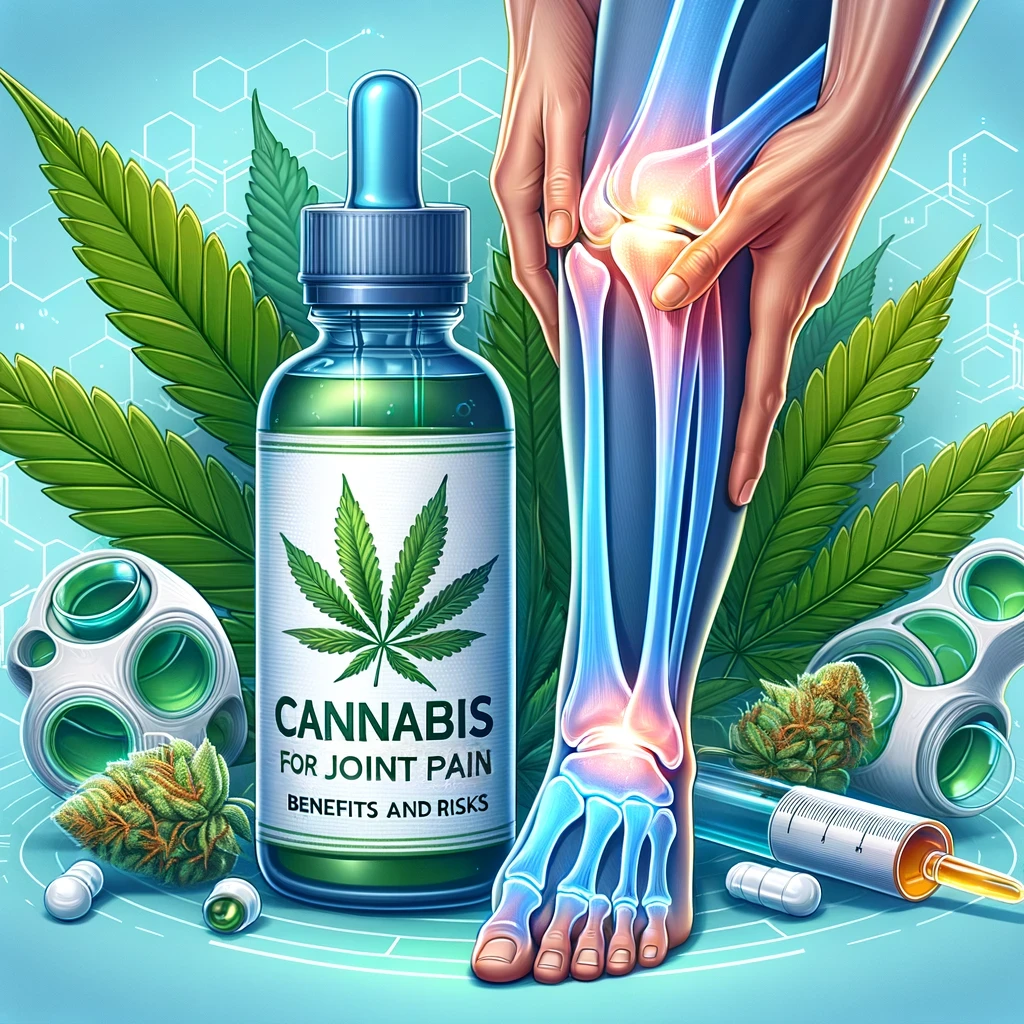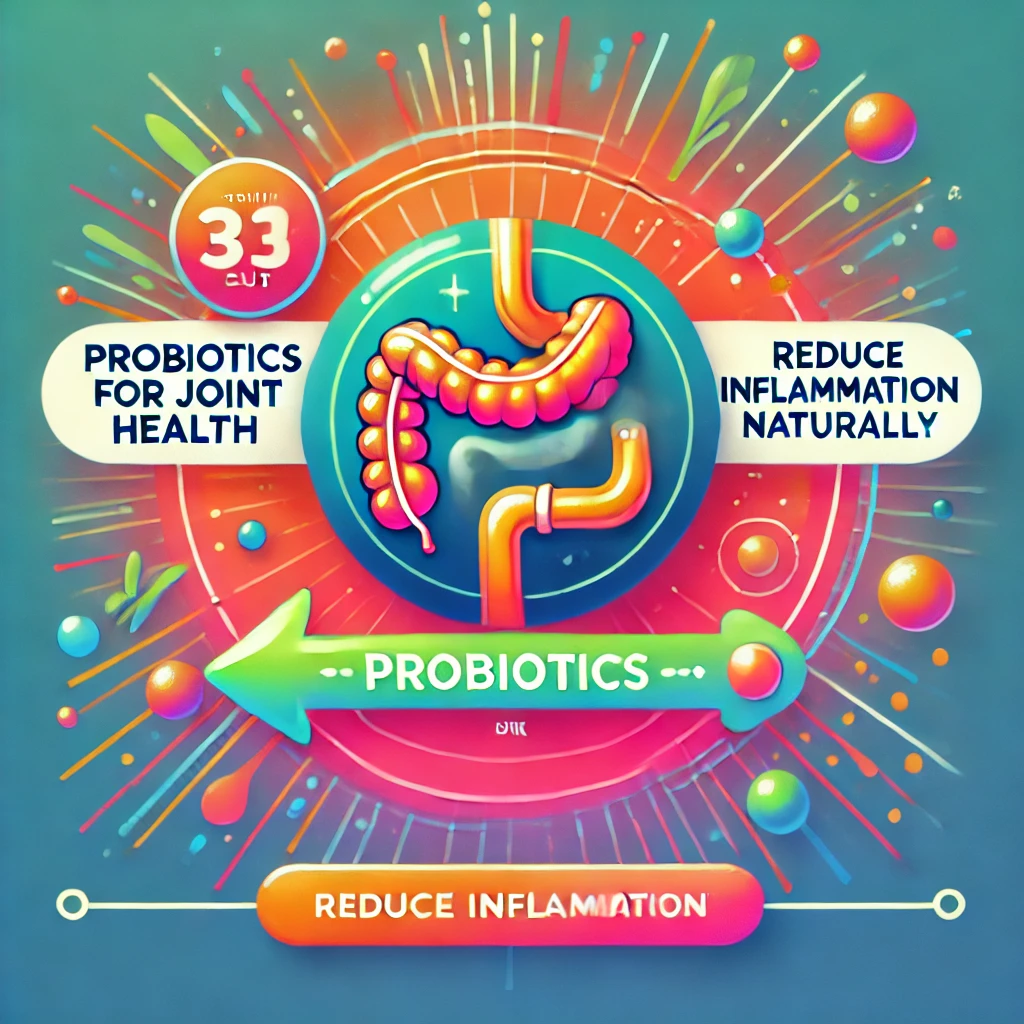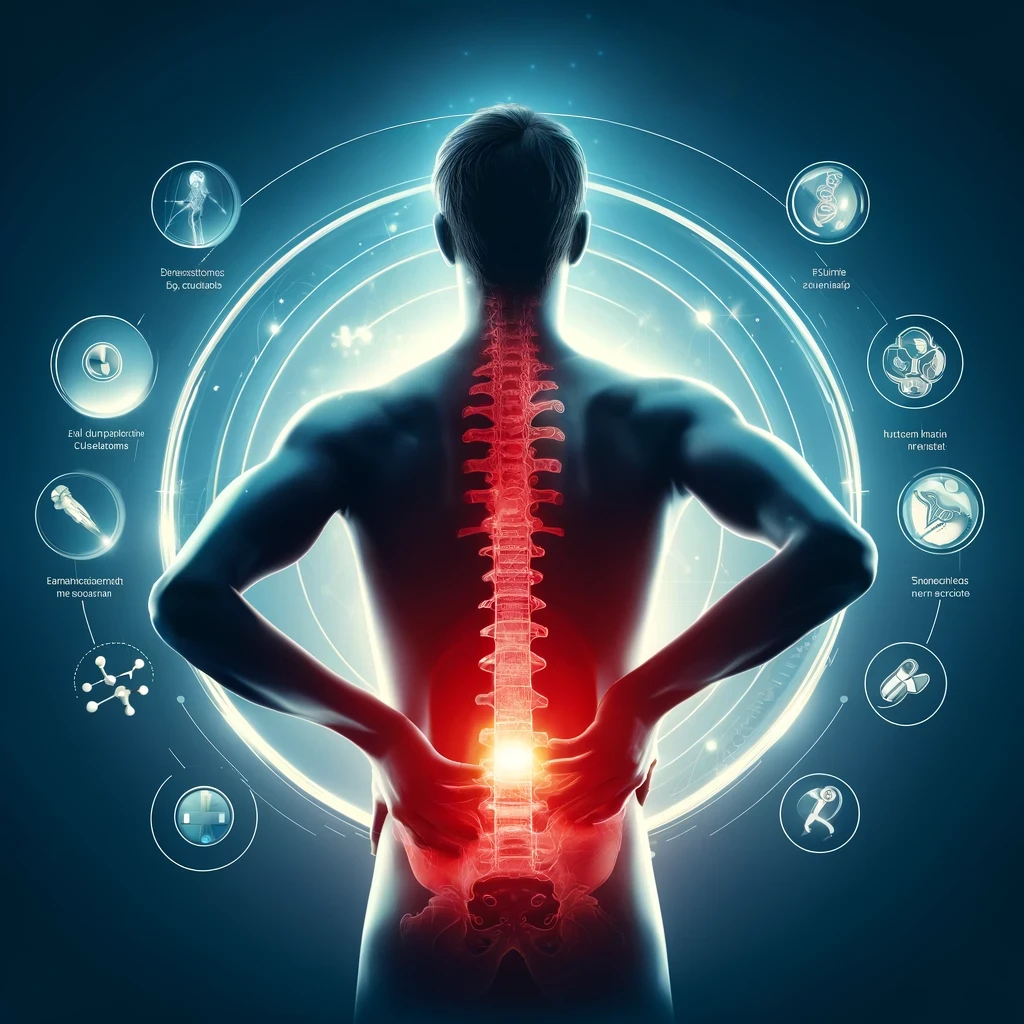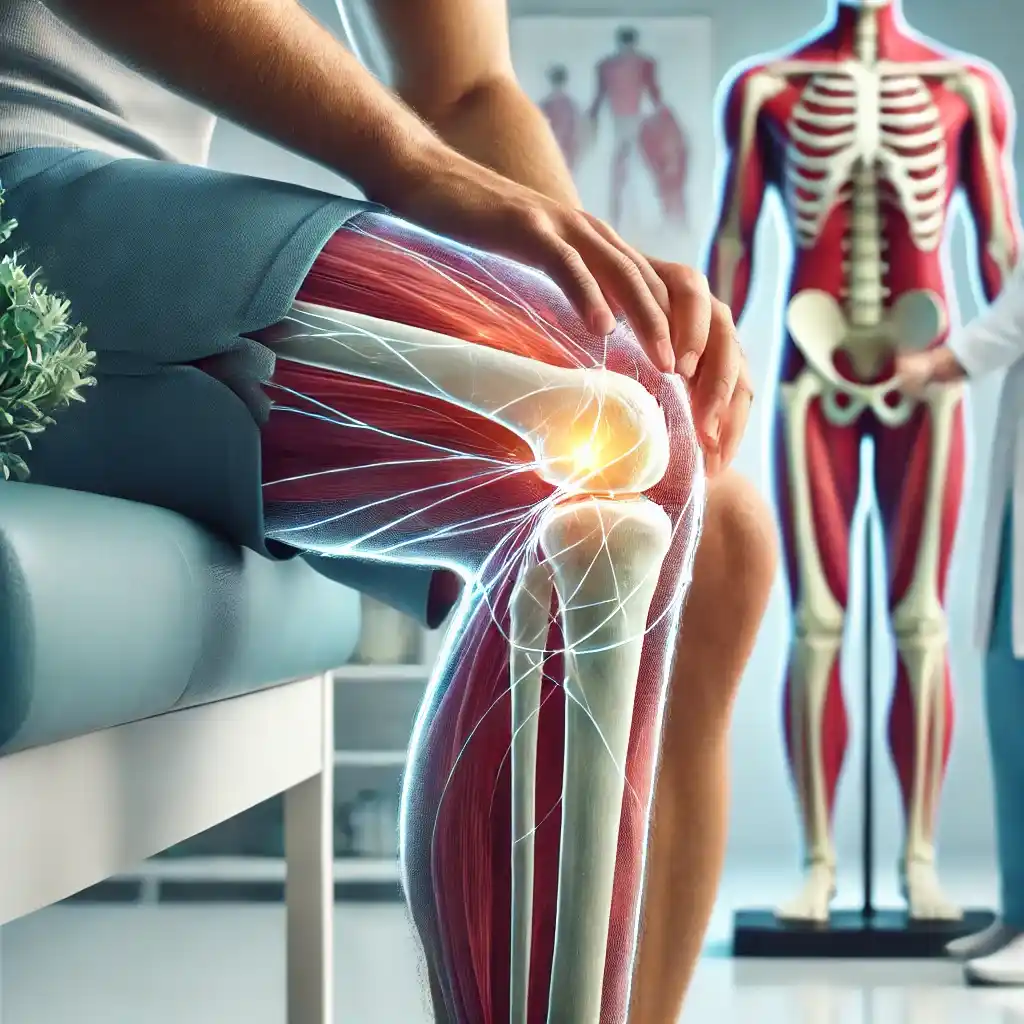
Table of Contents
Tendinitis, characterized by inflammation and pain in the tendons, can significantly affect your daily activities. Whether it’s Achilles tendinitis, shoulder tendinitis, or patellar tendinitis, finding effective treatments is key to regaining mobility and preventing long-term complications.
In this guide, we’ll explore effective tendinitis treatments, including natural remedies, medical devices, and exercises designed for specific tendon conditions. Learn how to achieve tendon inflammation relief and speed up tendinitis recovery with targeted strategies.
What Is Tendinitis?
Tendinitis refers to the inflammation or irritation of a tendon—the tissue connecting muscle to bone. It often results from repetitive strain, overuse, or sudden injury. Tendinitis commonly affects areas like the:
- Shoulder: Rotator cuff tendinitis
- Elbow: Tennis elbow or golfer’s elbow
- Knee: Jumper’s knee or patellar tendinitis
- Wrist: De Quervain’s tenosynovitis
- Ankle: Achilles tendinitis
If left untreated, tendinitis can lead to chronic pain or tendon degeneration (tendinosis), making early intervention critical.
Symptoms of Tendinitis
Key symptoms of tendinitis include:
- Localized Pain: Pain near the affected tendon, especially during movement.
- Swelling: Mild to moderate swelling around the joint.
- Tenderness and Stiffness: Sensitivity and reduced range of motion.
- Redness or Warmth: In severe cases, the area may appear red or feel warm to the touch.
Recognizing these symptoms early can help you begin effective treatment for faster healing.
Proven Methods for Tendinitis Treatment
Healing tendinitis involves rest, appropriate treatments, and preventive measures. Below are actionable steps to help you heal tendon inflammation fast.
1. Rest and Protection
- Avoid activities that strain the affected tendon.
- Use medical devices, such as braces or splints, to support and immobilize the tendon, especially for conditions like Achilles tendinitis and patellar tendinitis.
2. Cold and Heat Therapy
- Cold Therapy: Apply an ice pack wrapped in a cloth to reduce swelling and numb the pain. Use for 15–20 minutes, several times a day.
- Heat Therapy: After 48 hours, switch to heat to promote blood circulation and relax stiff muscles.
3. Over-the-Counter Pain Relief
Nonsteroidal anti-inflammatory drugs (NSAIDs), such as ibuprofen, can help reduce inflammation and pain.
Targeted Exercises for Tendinitis Recovery
Physical therapy and targeted exercises play a vital role in tendinitis recovery. Specific movements help improve flexibility, strengthen supporting muscles, and reduce strain on the affected tendon.
1. Tendinitis of Shoulder Exercises
Shoulder tendinitis can benefit from gentle, low-impact exercises like:
- Pendulum Swings: Gently swing your arm in a circular motion to improve mobility.
- Resistance Band Movements: Strengthen the rotator cuff muscles while reducing strain on the tendon.
Incorporating these tendinitis of shoulder exercises into your routine can reduce stiffness and speed recovery.
2. Patellar Tendinitis Exercises
For patellar tendinitis, focus on exercises that strengthen the quadriceps and hamstrings, such as:
- Straight Leg Raises: Strengthen the knee without putting direct pressure on the tendon.
- Wall Sits: Build strength while minimizing impact on the knees.
3. Achilles Tendinitis Stretches
Stretching the calf and Achilles tendon can alleviate tension:
- Heel Drops: Stand on a step and slowly lower your heels below the edge to stretch the tendon.
- Toe-to-Wall Stretch: Lean into a wall with your toes pointed upward to stretch the calf.
Always consult a physical therapist to ensure exercises are tailored to your condition and performed correctly.
Medical Devices for Tendinitis Treatment
Medical devices can provide additional support and accelerate healing for tendinitis. Here’s how they can help specific conditions:
1. Achilles Tendinitis Medical Devices
For Achilles tendinitis, devices like:
- Heel Lifts: Reduce strain on the tendon by elevating the heel.
- Compression Sleeves: Improve circulation and reduce swelling.
2. Patellar Tendinitis Medical Devices
In cases of patellar tendinitis, medical devices such as:
- Knee Straps: Alleviate pressure on the tendon by redistributing force.
- Adjustable Braces: Provide stability while allowing for movement.
These devices can be especially beneficial when paired with targeted exercises and rest.
Advanced Treatments for Severe Tendinitis
If symptoms persist despite home remedies, consider advanced treatments:
1. Corticosteroid Injections
These powerful anti-inflammatory injections can quickly reduce pain and swelling, but they should be used sparingly to avoid tendon weakening.
2. Platelet-Rich Plasma (PRP) Therapy
PRP therapy involves injecting a concentration of your platelets into the tendon to promote natural healing.
3. Extracorporeal Shockwave Therapy (ESWT)
This non-invasive therapy uses sound waves to stimulate healing in chronic tendinitis cases.
4. Surgical Intervention
In rare, severe cases, surgery may be required to repair or remove damaged tissue.
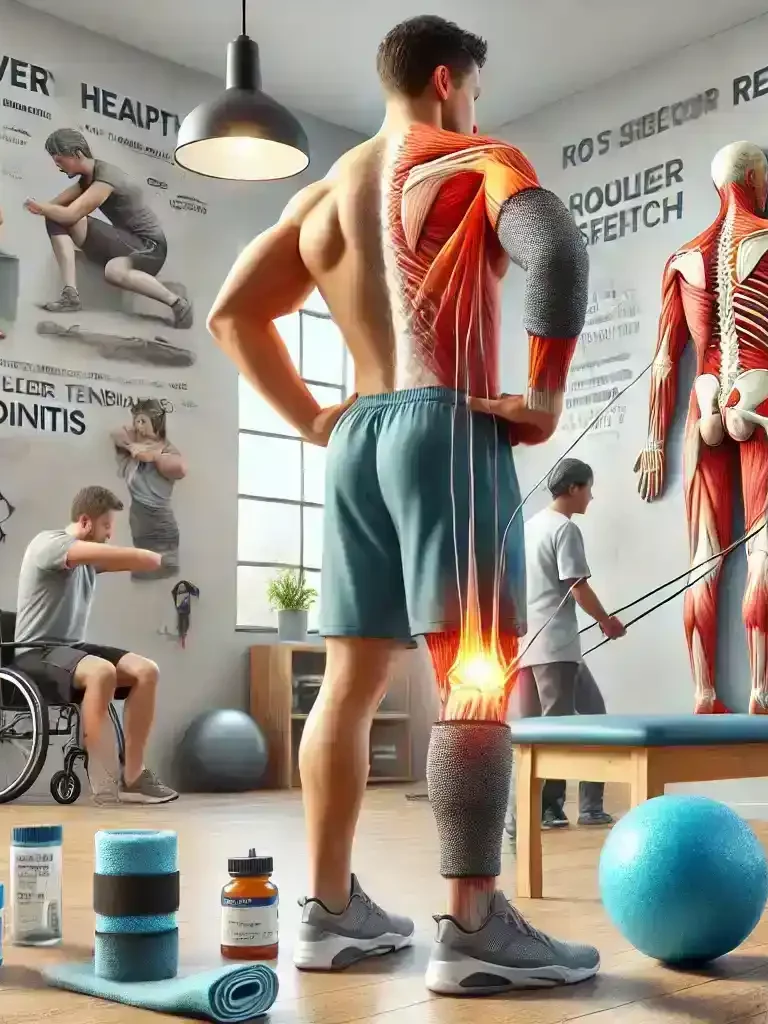
Natural Remedies for Tendon Inflammation Relief
Natural treatments can complement traditional methods, supporting faster healing and reducing inflammation:
- Turmeric: Its anti-inflammatory properties can aid in tendon inflammation relief. Add it to your diet or take supplements.
- Omega-3 Fatty Acids: Found in fish, walnuts, and flaxseeds, omega-3s help combat inflammation.
- Ginger: Consume as tea or in meals for additional anti-inflammatory benefits.
Preventing Tendinitis Recurrence
Preventing tendinitis recurrence is essential for maintaining tendon health. Follow these tips:
- Warm Up Properly: Prepare your muscles and tendons before exercise.
- Gradual Progression: Increase activity intensity gradually to avoid overloading your tendons.
- Ergonomic Adjustments: Ensure proper posture and technique during activities.
- Use Medical Devices: For chronic conditions, braces or straps can provide ongoing support.
- Stay Active: Regular stretching and strengthening exercises can keep tendons healthy.
When to Seek Medical Help
While most tendinitis cases improve with rest and treatment, seek medical attention if:
- Pain persists despite conservative treatments.
- Swelling or redness worsens.
- You lose mobility in the joint.
- Symptoms of infection, such as fever, appear.
A healthcare provider may recommend imaging tests or advanced therapies for severe cases.
Tendinitis Treatment Timeline
The recovery time for tendinitis depends on the severity of the condition:
- Mild Cases: 2–4 weeks with proper rest and care.
- Moderate Cases: Several months, often requiring physical therapy.
- Severe or Chronic Cases: 6 months or more, possibly involving advanced treatments.
Final Thoughts on Tendinitis Treatment
Tendinitis is a manageable condition with the right combination of rest, exercises, medical devices, and preventive care. Whether you’re dealing with Achilles tendinitis, shoulder tendinitis, or patellar tendinitis, tailoring your treatment plan to your specific needs can accelerate healing and prevent recurrence.
Take charge of your tendon health today with these proven tips and reclaim your active lifestyle!
Optimize Your Tendon Health Today!
Start your journey to tendon inflammation relief and long-term health with the right strategies and support.
FAQ Section
1. What is the most effective tendinitis treatment?
The most effective tendinitis treatment involves a combination of rest, ice therapy, and physical therapy exercises to reduce inflammation and improve flexibility. Additionally, medical devices like braces or compression sleeves can provide support. For severe cases, treatments such as corticosteroid injections or platelet-rich plasma (PRP) therapy may be recommended by a healthcare provider.
2. Can tendinitis heal on its own?
In mild cases, tendinitis can heal on its own with proper rest and by avoiding activities that aggravate the condition. However, active treatment such as stretching exercises, icing, and using medical devices like braces can speed up recovery and prevent long-term damage.
3. How long does tendinitis take to heal?
The healing time for tendinitis varies depending on its severity. Mild cases can heal within 2–4 weeks, while more severe or chronic tendinitis may take several months. Following a consistent treatment plan, including physical therapy and medical devices, can help accelerate recovery.
4. Are there medical devices for tendinitis treatment?
Yes, medical devices like braces, compression sleeves, and support straps are commonly used for tendinitis treatment. These devices help stabilize the affected tendon, reduce strain, and promote faster recovery. Examples include Achilles tendinitis braces and patellar tendinitis supports.
5. What exercises are good for shoulder tendinitis?
Exercises for shoulder tendinitis focus on restoring strength and mobility. Common ones include:
– Pendulum swings for flexibility
– Wall slides to stretch the shoulder muscles
– Resistance band rotations for strengthening
Always perform these exercises under the guidance of a physical therapist.
6. Is ice or heat better for tendinitis treatment?
Ice is generally better for tendinitis, especially during the first 48–72 hours, as it helps reduce inflammation and numb pain. Heat can be beneficial after the acute inflammation subsides to relax muscles and improve blood flow.
7. What are natural remedies for tendon inflammation relief?
Natural remedies for tendon inflammation include:
– Applying ice packs to reduce swelling
– Turmeric supplements for their anti-inflammatory properties
– Epsom salt soaks to relax muscles
– Rest and elevation to reduce strain
These remedies are complementary and work best when combined with traditional treatments
8. Can tendinitis become chronic if untreated?
Yes, untreated tendinitis can lead to chronic tendinitis or tendon degeneration (tendinosis). Over time, this can cause persistent pain, limited mobility, and a higher risk of tendon rupture. Seeking timely treatment is crucial to prevent complications.
9. Can physical therapy cure tendinitis completely?
Physical therapy is highly effective in treating tendinitis. By strengthening the muscles around the affected tendon and improving flexibility, physical therapy can lead to a full recovery in most cases. However, consistent effort and adherence to the prescribed exercises are essential.
10. When should I see a doctor for tendinitis?
You should see a doctor if:
– Pain persists or worsens despite home treatments.
– There is significant swelling or redness around the affected area.
– You experience weakness or limited mobility.
– There are signs of a possible tendon rupture, such as a popping sound or severe pain.
A healthcare provider can recommend advanced treatments like injections or imaging tests for further evaluation.

